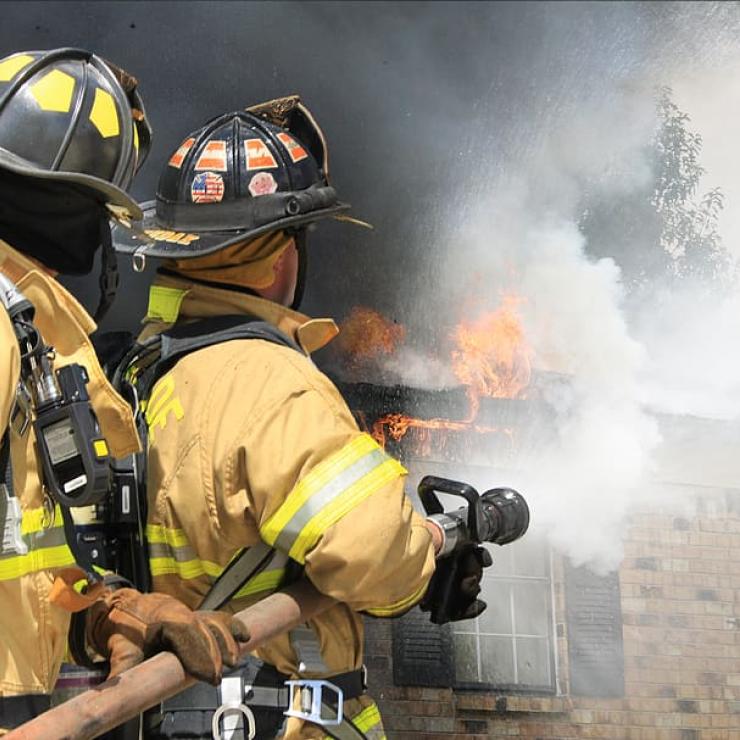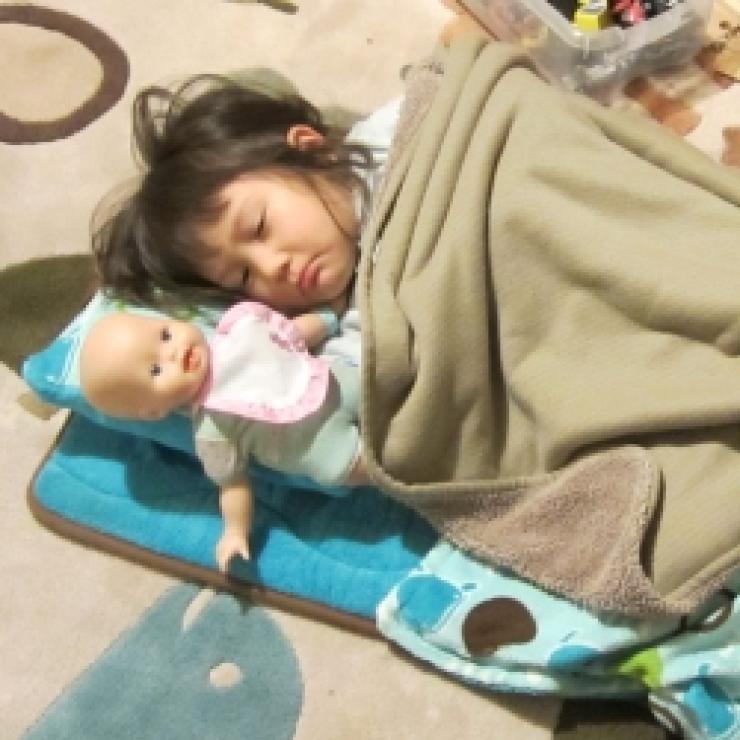
What are Flame Retardants?
Flame retardants are chemicals that are added to everyday products such as highchairs, car seats, nursing pads, upholstered furniture, carpet pads, nap mats, strollers, electronics (including toys) and many more common household products.
Why are flame retardants a problem?
Many flame retardants are hazardous to our health. Over time flame retardants escape from the products they are used in and get into the air and dust around us.
What are the health effects?
Flame retardants are linked to severe health problems, such as:
- Cancer
- Nervous system damage
- Developmental delays
- Interference with hormone system
- Decreased IQ
- Birth defects
How does contamination occur and how are we exposed?

Firefighters are exposed to flame retardants when they go into burning buildings. When the chemicals burn, they create toxic smoke and soot, contributing to the high rate if cancer among firefighters.
Do we need flame retardants for fire safety?
Flame retardants DO NOT make households safer, which is why firefighters have been the strongest advocates for eliminating toxic flame retardants.
Flame retardants do not slow the spread of fire. What’s worse, when the flame retardants do burn, they make smoke more toxic. Fortunately, there are ways to make products fire safe without toxic chemicals, like using less flammable materials and barriers between foam and fabric. Many companies are already doing so. From the mid 1970’s until 2013, almost all upholstered furniture contained flame retardants, now flame retardant free products are widely available.
What can be done to reduce Flame Retardant exposure?
- Stop using flame retardants: Manufacturers should stop making and using toxic flame retardant chemicals wherever a safer alternative exists. There are safer alternatives available for nearly all uses.
- Update flammability standards: Some flammability standards are designed in such a way that they can only be met using flame retardant chemicals and many are outdated. Flammability standards should be updated to reflect modern understanding of hazards.
- Right to know: Consumers and residents need to know what factories are making and using flame retardant chemicals and what products contain them.
Tips for consumers
-
Keep toxic flame retardants from building up in your home: Vacuum and mop often to reduce dust that hosts flame retardant chemicals.

- Wash hands before eating to remove flame retardant chemicals
- Before buying new furniture, check the tag to see if it is flame retardant free
- When buying products made of foam (nursing pillows, car seats etc.), curtains, carpet padding or mattresses, ask if the products contain flame retardant chemicals (you might have to call the manufacturer)
- Mattresses with memory foam or that are shipped rolled up in a box are more likely to contain flame retardant chemicals than regular mattresses
Resources
- Download this information as a
DocumentMA_FactSheet_FlameRet_04.14.20a.pdf (1.44 MB)
- Check out our
DocumentInfographic_FR_06.15.20a.pdf (373.99 KB)
- Learn more about flame retardants by watching our “Getting Toxics Out” workshop
This fact sheet was developed under a grant from the Toxic Use Reduction Institution at UMass Lowell. For more information, contact Elizabeth Saunders at esaunders@cleanwater.org.